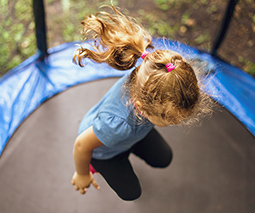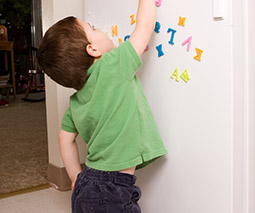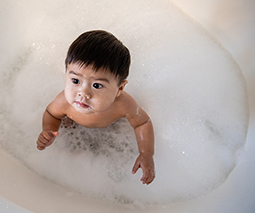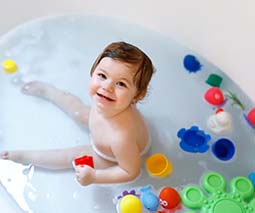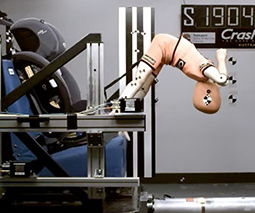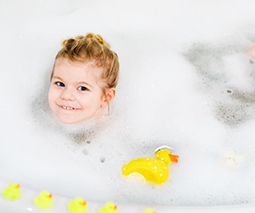Ditch the panic – here are the facts on delayed drowning to help keep kids safe
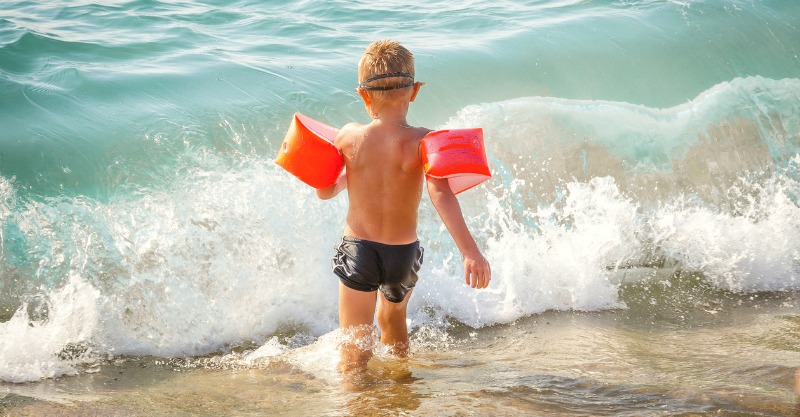
Swimming is a fun national past-time in Australia but parents do need to be very careful about little kids drowning. In recent years there’s also been a lot of panic (and confusion) about dry or secondary drowning – where children have tragically died hours or days after leaving the water.
What is delayed drowning?
Dry drowning and secondary drowning are both forms of delayed drowning which can be potentially fatal. They occur when someone inhales water while swimming and after exiting the water appears to be fine, but then goes on to die hours or days later. Despite the two terms being used interchangeably, there is actually a difference between dry and secondary drowning.
Dry drowning
When water is inhaled through the nose and/or mouth and causes a spasm in the airway forcing it to then close up, resulting in an inability to breathe. This happens fairly quickly, occurring soon after the water has been taken in and the person has left the water.
Secondary drowning
This is when water gets into the lungs and causes inflammation or swelling, preventing the body from easily transferring oxygen to carbon dioxide and vice versa. There can be a delay of up to 24 hours before a child shows symptoms of secondary drowning, which makes it difficult for parents to detect or seek help sooner.
Should parents panic?
It’s easy to start to panic about your kids’ safety when there seems to be an increase in the number of media reports of children tragically losing their lives in this way. While it is important to stay vigilant with kids around water, it shouldn’t make you too afraid to take your kids swimming. The chances of your child drowning in this way are extremely slim. It’s also important to note that if your child swallows chlorinated pool water it has entered their digestive system and they may feel sick and vomit, but it’s reasonably harmless. If they have aspirated (or inhaled) water it has gone into their trachea and lungs and they will show immediate signs of distress or breathing difficulty and you’ll know they’re not okay – even if it settles down afterwards.
The warning signs
How will you actually know if your child IS experiencing delayed drowning? Here are all the key signs to watch for when they have either been immersed or submerged in the water:
- Chest pain – this is a major red flag and will indicate serious breathing distress
- Foam in the mouth – another serious sign that shouldn’t be ignored
- Coughing – persistent coughing can be a sign of something more serious
- Distressed or unusual breathing – if they’re struggling to breathe or sound funny, such as fast, shallow or laboured breathing
- Sleepiness – lethargy can mean they’re deprived of oxygen
- Strange behaviour – forgetfulness or not acting normal can also be symptoms of oxygen deprivation
- Throwing up – lung inflammation can cause vomiting, or it can be a side-effect of excessive coughing
- They’ve been rescued – any child who has almost drowned and/or required rescuing must see a doctor for further medical attention
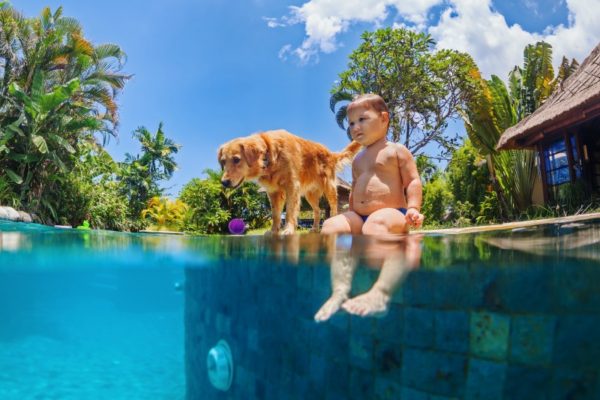
Prevention is the key
While it’s good to know what to look for with delayed drowning, the most important thing you can do as a parent is to prevent it happening in the first place (along with normal drowning). Here are our top tips for preventing dry or secondary drowning:
- Teach children to swim – knowing how to swim properly in the water from a young age is a must for all Aussie kids.
- Fit flotation devices – all young children should wear arm bands and/or back bubble flotation devices until they are old enough to swim sufficiently on their own.
- Supervise properly – it’s not just okay to be watching from a distance, ideally parents need to be within an arm’s reach of a child with one adult assigned to watch each child – even if there are lots of kids swimming.
- Be pool smart – never leave the pool gate open and ensure you have a secure fence that can’t be accessed by any children by climbing trees or anything similar.
- Be wary of asthmatic kids – experts believe that children with existing respiratory conditions such as asthma may be more prone to delayed drowning, so be sure to pay even closer attention to those that do when swimming or if they appear to take in water.
- Learn CPR – have instruction posters up around the pool, invest in a Rescue Rashie, or take CPR lessons so you’ll know what to do in the event of a drowning emergency.
- Medical check post rescue – if your child has been drowning or required a rescue, even if they appear fine, it is essential to have them checked over by a medical professional.
If you are ever concerned at all about your child who has been swimming and suspect a case of delayed drowning, please call 000 immediately.
